It’s a lot of work to set up digital marketing campaigns, especially if you start from scratch. You have to start by learning the platform. Then, upload all of your products, troubleshoot any problems, and keep optimizing your keywords and bids from there. But, what do you do after you’ve gotten comfortable with all that? Do you want to elevate your digital marketing campaigns or simply let your campaigns run?
What if I told you that there are still ways you can grow your campaigns further — even after you master the basics?
If you’re ready to take your digital marketing campaigns to the next level, this is the article for you. Sure, you can follow the guidelines of your advertising platform, such as Google or Amazon, and see conversions. However, to see true results and success, you must tailor your digital marketing strategies to your own business needs.
Here are a few simple ways you can elevate your digital marketing campaigns to align with your goals, your industry, your products, and your customers.

1. Factor in Seasonality

Even if you don’t sell Halloween costumes or water skis, every business experiences some type of seasonality! Whether it’s a yearly sale like Black Friday, or a special sale your business has, or even just a particular day of the week when sales typically increase — you can and should factor that into your strategy.
For many businesses, this is as simple as understanding your particular trends and aligning bids to them. If March is a popular time, plan to perform year over year analyses around that time and adjust accordingly. Dayparting is extremely helpful for navigating weekly seasonality— more on that later on.
Of course, if your business is highly seasonal, you’ll need to take a much more aggressive approach. We found this out firsthand when helping a client who sells niche holiday items, like bracelets for Breast Cancer Awareness month and gifts for Teacher Appreciation Week. All the usual tactics were not effective, and we had to figure out how to adjust bids at the optimal time to match their seasonality. You can read all about it here.
Whether your business is highly seasonal or not—find out what the optimal bid is, and when, to effectively drive sales to elevate your digital marketing campaigns!

2. Run a Daypart Analysis
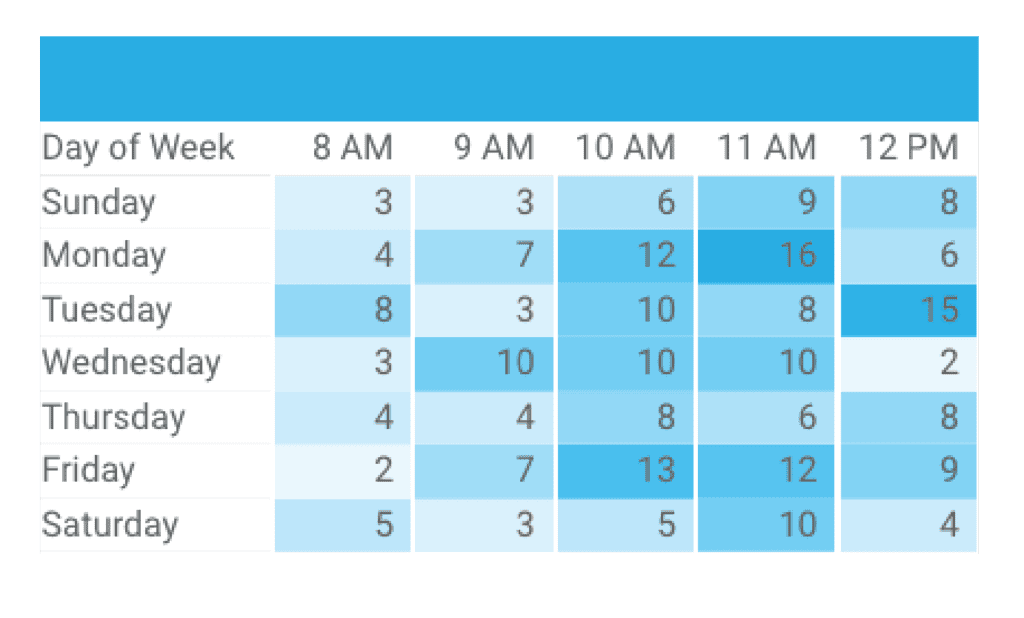
Every business owner knows—not all times of the day or days of the week produce equal conversions. Some are just more profitable than others! A good daypart analysis shows you how many conversions you get during each hour of the day, and can help you adjust bids to a profitable level. This allows you to direct spend more efficiently, reaching your shoppers when they are most likely to buy!

3. Adjust Your Bids by Device
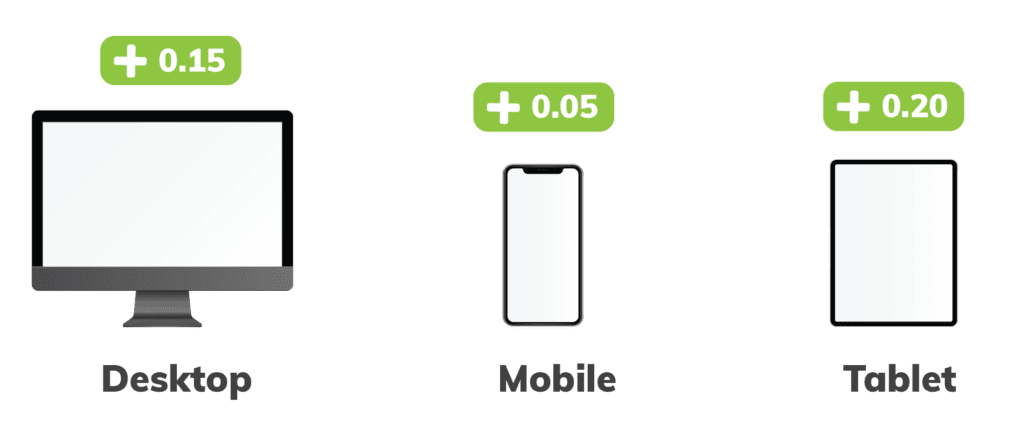
Do you know if your customers are more likely to purchase on mobile vs. desktop? Check out the Device Breakdown in Google Ads, or for a broader view, look for the Devices report on Google Analytics. Like running a daypart analysis, analyzing your device data can also help you direct spend confidently. Ideally, you want to ensure the same rate of return across all devices, and set bid adjustments that will level the playing field.

4. Account for Location
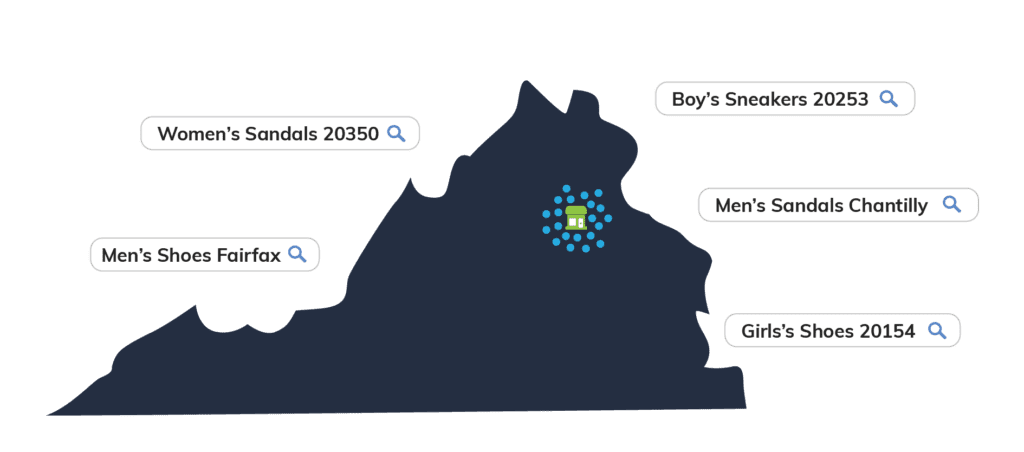
If you are trying to reach customers in a certain location, you can include zip codes, city names, or other indicators of location in your keywords. For text ads, you can enable extensions like the location extension or affiliate location extension if you want to drive customers to your stores. For shopping ads, including pick-up in store or curbside pick up options can all help you reach shoppers who are ready to buy now! Learn how you can generate hundreds of thousands of local keywords using Python here.

5. Include Offline Conversions

If your business includes offline sales, don’t leave them out of the picture. You can link offline sales to elevate your digital marketing campaigns.
If shoppers make purchases over the phone, you can use a third-party call tracking software to integrate your sales with your digital marketing data. One of our clients is a high-end jewelry retailer who makes many sales over the phone. For this client, we did just that, and we were able to improve the quality of their data, to make more informed decisions within their campaigns. Read more here.
If you have shoppers who purchase in store, develop an educated assumption of incremental lift. Incremental lift refers to the additional sales and revenue created by digital ads (or other marketing efforts) that cannot be effectively attributed. Essentially, you’re determining the extra impact your ads have that is not measured by your usual tracking.

6. Use Multiple Attribution Models
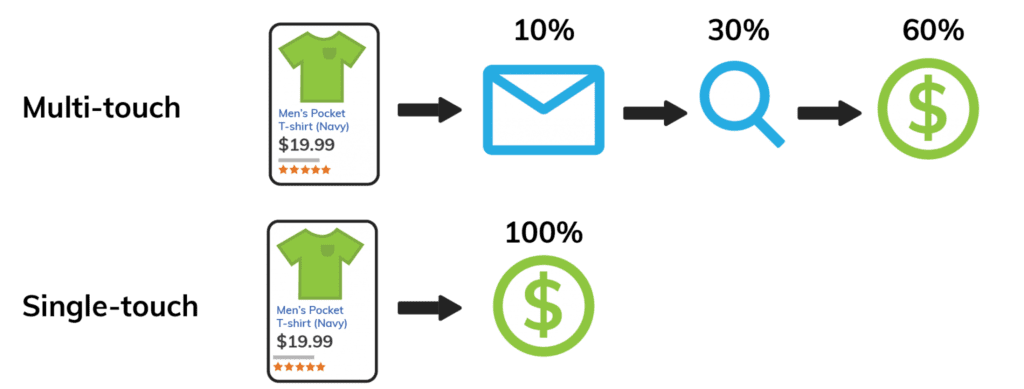
Multi-touch attribution splits credit for sales across multiple marketing channels in the buyer journey, offering a much more holistic view of your marketing efforts than single-touch attribution. Some ads are more likely to introduce customers to your brand, while other ads are more likely to appear toward the end of the funnel, when your customers are ready to purchase. Both are valuable – but with single-touch attribution, only the bottom-of-funnel ads will receive significant credit.
If paid social media advertising is a big part of your budget, you will definitely want to adopt a multi-touch attribution model. Often social media platforms are highly generous with how they attribute sales, so you’ll want to take those numbers with a grain of salt—multi-touch attribution allows you to do just that! Learn more about multi-touch attribution here.

7. Segment Queries According to Value
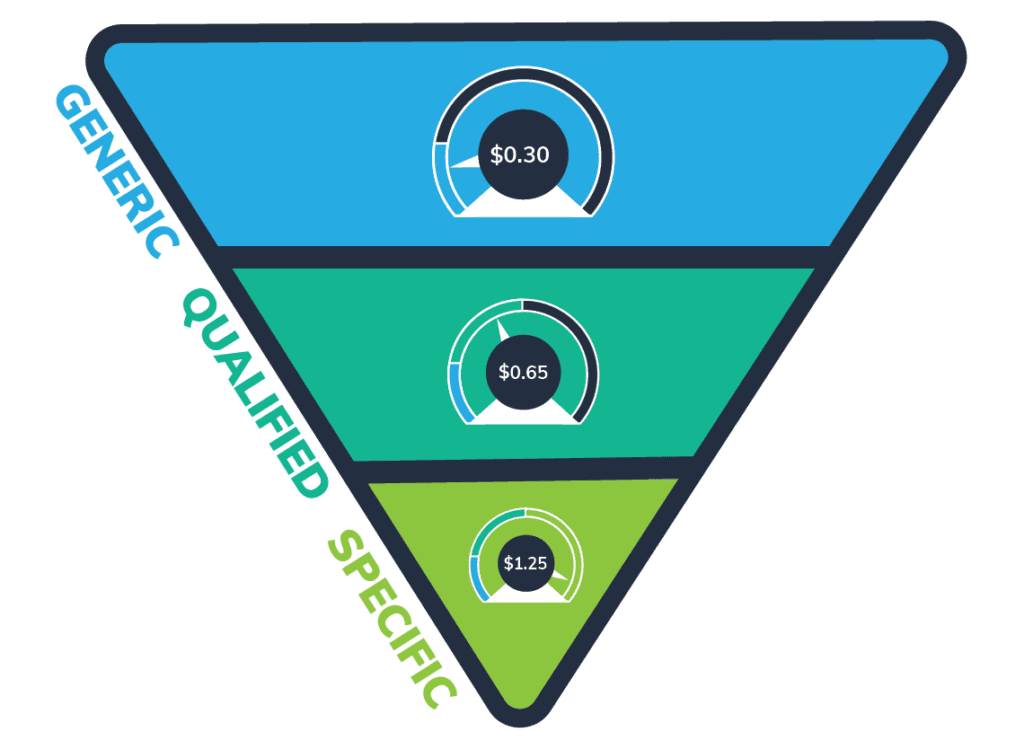
Did you know you can segment your queries according to buyer intent? By segmenting your queries into generic, qualified, and item-specific categories, you can account for each one’s different conversion rate and elevate your digital marketing campaigns. This allows you to set bids at a profitable level for each one, and direct additional spend to those queries that are most likely to lead to a sale. This method is called 3-Tiered Query Segmentation. Read more about it here!

8. Add Negative Keywords

Negative keywords can help you further qualify shoppers and direct your spend wisely. Are there certain terms that simply don’t convert for your business? Or maybe there are searches you don’t want your products to serve for? You can control all of this using negative keywords.
These lists go beyond simply removing unwanted terms. Robust negative keywords lists are crucial to query segmentation, which we covered above!
Interested in learning how to gather negative keywords for your campaigns? An n-gram analysis can help. Learn how to run an n-gram analysis here.

9. Don’t Be Afraid to Branch Out
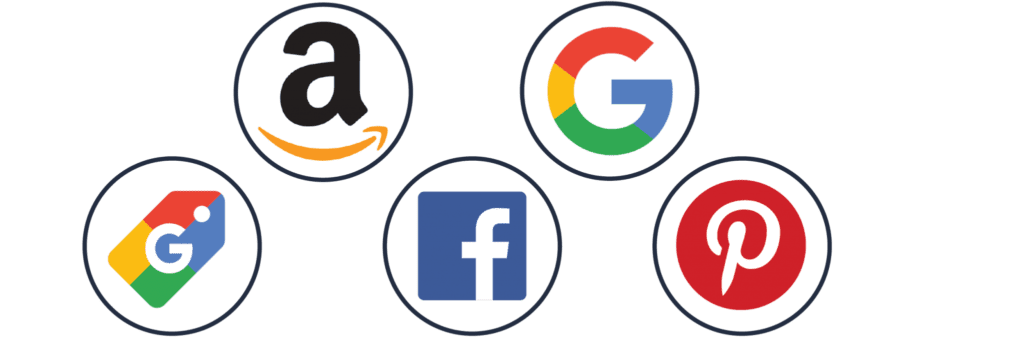
If you only advertise on Amazon, why not branch out to Google Shopping? Or if you only advertise on Google Display, why not try Google Search ads? There’s a lot of different options for digital advertising, and you may be surprised to learn that you can use cross-channel insights to grow your account on a new platform. For example, you can use keyword data from Google Shopping on Amazon – and vice versa! Cross-channel insights can even help you uncover hidden pricing problems.

10. Skip the Automation

Automated campaigns are much less work. They might work well as part of a larger PPC strategy, but offer limited control over your ad spend and targeting. Smart campaigns (and many other automated campaigns) actually hold you back from a lot of the things we’ve just talked about. Most AI solutions—including Google Smart Shopping—are blackbox, meaning you don’t have full insight into how they work.
Consider switching to standard campaigns to truly make the most of your ad dollars. With manual bidding, you have full control of your account, and full access to these customization options. Check out this infographic for the pros and cons of automation.

11. Did You Forget About Profit?
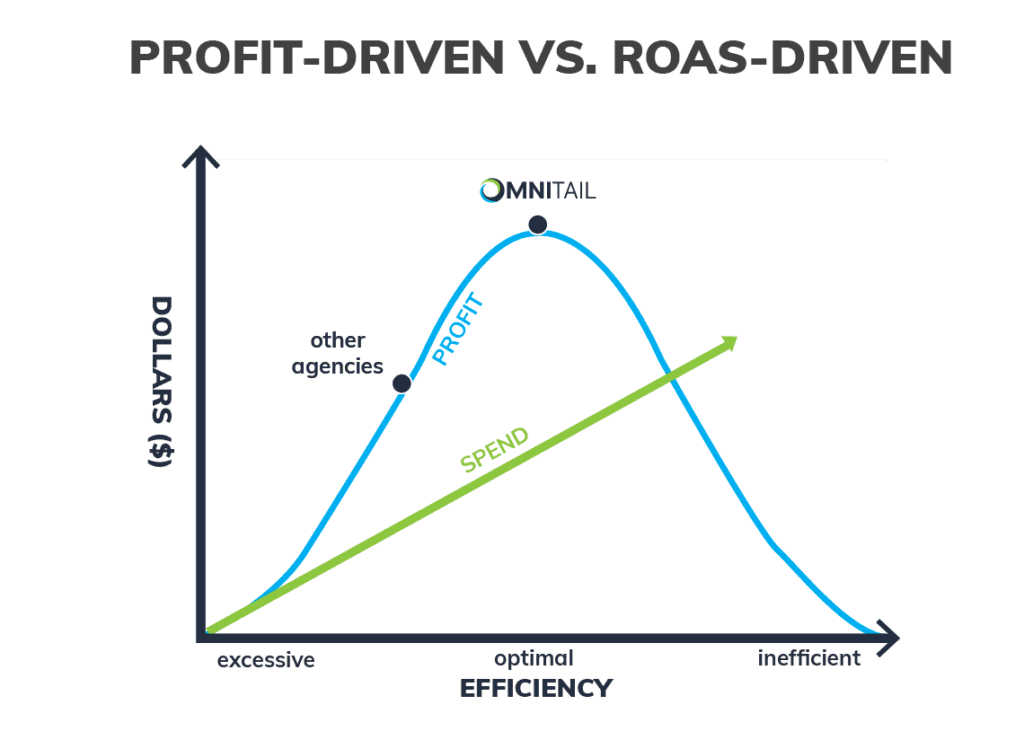
Plenty businesses leave this out when crafting marketing strategies. And very few agencies use it to direct their PPC efforts (but we’re one of them!) It’s profit.
If you are managing your campaigns to ROAS, A/S or CPO/CPA, you are likely not maximizing your efficiency. You could be overspending – and not making that money back in profit, or underspending — and you could make significantly more if you just put a little more spend into advertising! A profit-driven strategy accounts for key metrics like cost of goods (even on the SKU level!) and helps you determine a level of spend that produces the most profit for your business. Here’s how to manage your campaigns according to profit.

If you have any questions, we’re Omnitail: The Online Profit-Driven Marketing Agency — and profit is right in our name! We’re happy to show you how you can implement any of these customizations in your account today.
If you don’t have the time to make these changes yourself, our account management includes every single one of these tailored strategies and more! Your management includes sophisticated in-house technology only available at Omnitail, a dedicated analyst who will learn everything there is to know about your company, front-to-back, and an agency that genuinely wants to see your business grow. What are you waiting for? Reach out to speak to your future analyst.








